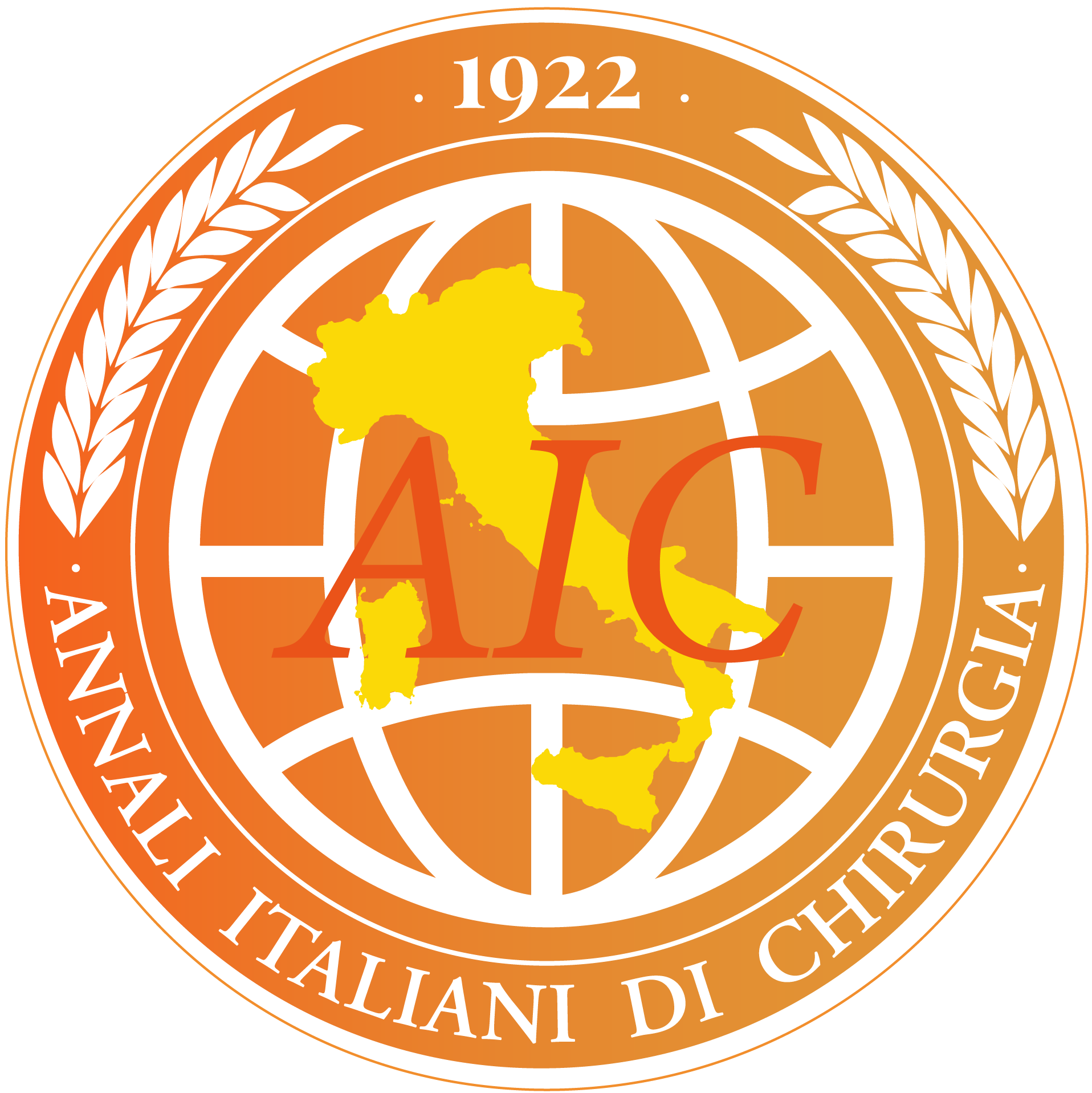1 May 2020
ArticleMagnetic Resonance Imaging prediction of large volume displacement oncoplastic surgery versus mastectomy in the treatment of breast cancer
Rossella Rella 1Enida Bufi 1Paolo Belli 2Marco Conti 2Assunta Scaldaferri 1Cristina Grippo 2Gianluca Franceschini 3Daniela Terribile 3Michela Giuliani 1Riccardo Manfredi 2
Affiliations
Article Info
1 Dipartimento di Diagnostica per Immagini, Radioterapia Oncologica ed Ematologia, Fondazione Policlinico Universitario Agostino Gemelli IRCCS
2 Dipartimento di Diagnostica per Immagini, Radioterapia Oncologica ed Ematologia, Fondazione, Policlinico Universitario Agostino, Gemelli IRCCS; Università Cattolica del Sacro Cuore, Rome, Italy
3 Dipartimento Scienze della Salute della Donna, del Bambino e di Sanità Pubblica, Fondazione, Policlinico Universitario Agostino, Gemelli IRCCS; Università Cattolica del Sacro Cuore, Rome, Italy
Ann. Ital. Chir., 2020, 91(3), 100621;
Published: 1 May 2020
Copyright © 2020 Annali Italiani di Chirurgia
This work is licensed under a Creative Commons Attribution 4.0 International License.
Abstract
PURPOSE: To analyse the influence of tumor volume/breast volume ratio (TV/BV ratio) measured on magnetic resonance imaging (MRI) and other factors on surgeons’ choice between large volume displacement oncoplastic surgery (LVOS) versus mastectomy (M) in patients with large sized tumors. Secondly, we investigate the predictive value of TV/BV ratio and other possible predictors for cosmetic results. MATERIALS AND METHODS: We retrospectively reviewed 80 MRI examinations performed on 77 breast cancer patients who underwent M (58 breasts, 72.5%) or LVOS (22 breasts, 27.5%) at our institution between January 2016 and December 2017. The TV and BV measurements were performed by a semiautomated analysis and the TV/BV ratio was calculated by dividing TV by BV in cm3 and multiplying it by 1,000. Cosmetic result was determined by an expert panel assessment of postoperative photographs. RESULTS: Median TV/BV was significantly higher in the M group (44,8 IQR 17,3-93,6) than in the LVOS group (17,5 IQR 11,7-57,5) (P=0.002). Multifocal/multicentric disease (P=0.005), lower degree of breast ptosis (P<0.0001) and unfavourable tumor location (P=0.024) are significantly more frequent in the M group. After multivariable linear regression, the independent predictors for cosmetic result were: unfavourable tumor location (OR 6.637 95% CI 1.564– 28.172 P=0.010) and a higher TV/BV ratio (OR 4.907 95% CI 1.461–16.478 P=0.010). CONCLUSION: Preoperative evaluation of TV/BV ratio, tumor location and tumor multifocality/multicentricity could improve treatment decision making (LVOS versus M) in breast cancer patient eligible for both options. Increasing TV/BV ratio and unfavourable tumor location are adversely affecting cosmetic result.
Keywords
- Breast cancer
- Large volume displacement oncoplastic surgery
- Magnetic Resonance Imaging
- Mastectomy
- Tumor volume/breast volume
article-detail-mobile

